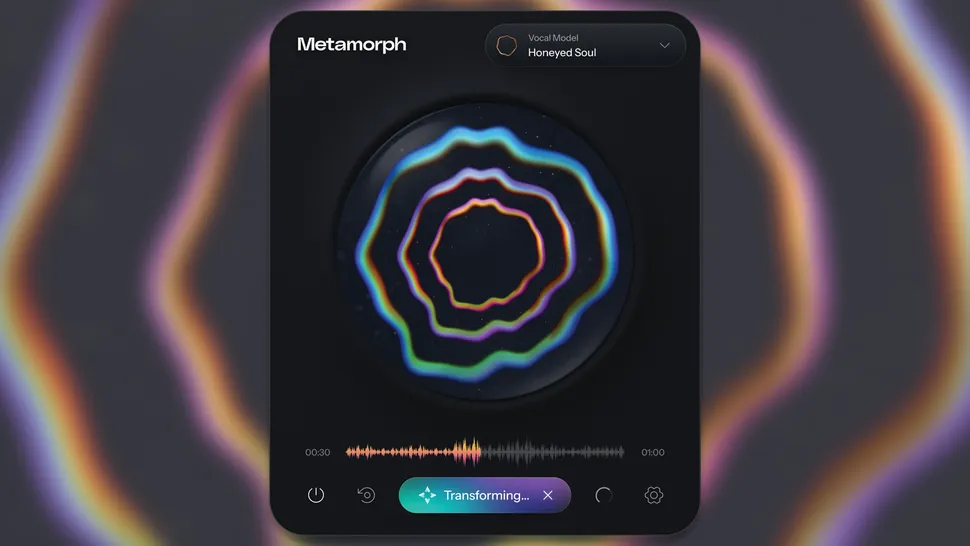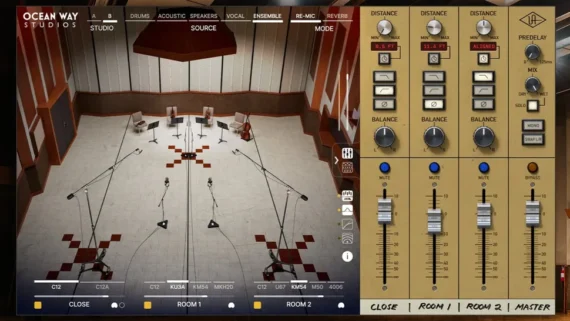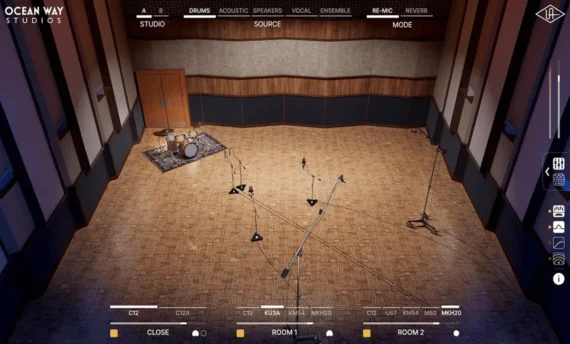Metamorph by AutoTune ‘Premium AI Voice Transformation in Your DAW’ Now Available
Antares Audio Technologies, the developer behind AutoTune, has announced the release of a new AI-powered vocal modelling plugin. Equipped with 12 ethically-trained voice models, Metamorph is designed to transform the timbre of vocal recordings in your DAW without relying on cloud-based processing.
Metamorph is a vocal transformation tool that leverages advanced AI-based processing to graft the timbre of another vocalist onto a vocal recording. Why might you want to do this, you ask?
If you’re not a confident singer or a fan of your own voice, voice modelling effectively allows you to sing in the voice of another artist. There’s also potential for creating backing vocals or duets with a contrasting character to your own, or even running non-vocal sources through the plugin, if you want to get a little experimental with it.
Metamorph’s library of 12 voice models covers a range of registers and styles, from soulful female sopranos to classical male baritones, and there are an additional six models on offer from AI voice platform Voice-Swap.
All of the models are ethically trained and based on the voices of real artists that have been compensated for their involvement. You’re not currently able to create your own voice models, something offered by competing plugins such as IK Multimedia ReSing and Dreamtonics’ Vocoflex.

Antares has positioned Metamorph as part of a broader stance on the responsible use of AI in music technology. The company has signed up to an industry-wide agreement on Principles for Music Creation with AI and shared a statement claiming that “the perspectives of music artists, songwriters, and other creators must be respected” as AI-powered tools continue to be developed.
“Metamorph isn’t about replacing the human voice – it’s about expanding what’s possible when human creativity meets responsible AI,” adds AutoTune CEO Jeff Wright. “We’ve built this technology with artists at the center, ensuring every voice model is ethically sourced and every transformation preserves the soul that only human creators can bring to music.”
Just a few weeks ago, Antares launched AutoTune 2026, a major overhaul of its flagship vocal tuning tool with an optimized vocal tuning algorithm and a redesigned interface.
Official Tutorial AI Vocal Transformation with Metamorph:
Metamorph is priced at $200. Antares is celebrating the arrival of the plugin by launching their Black Friday “Early Bird” Sale, offering customers up to 60% off products and subscriptions, including 50% off Metamorph and AutoTune 2026.
Find out more on Antares website.




